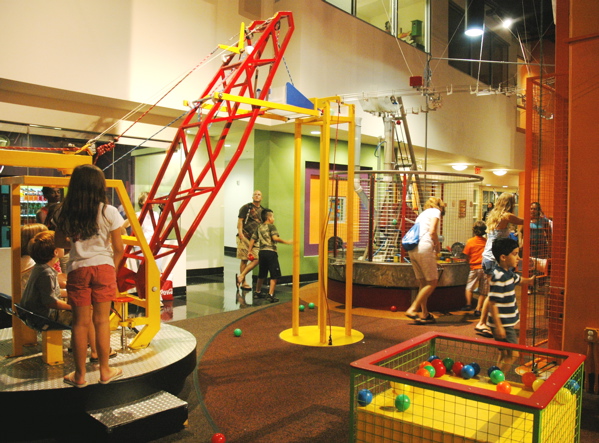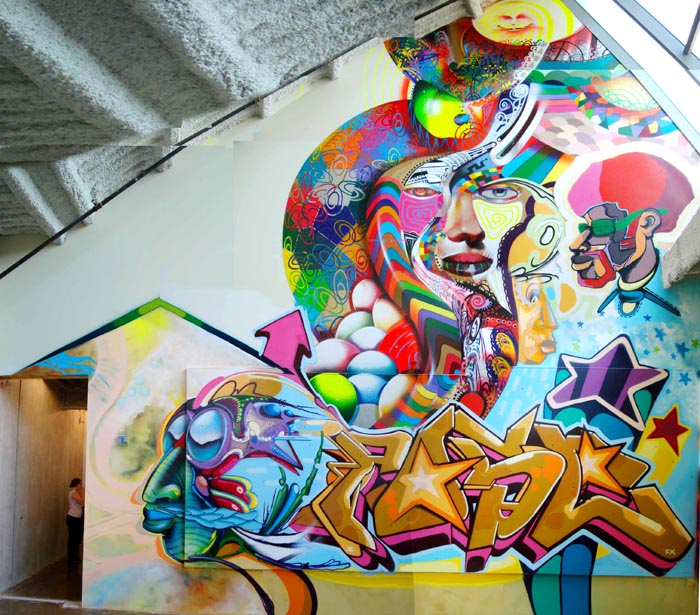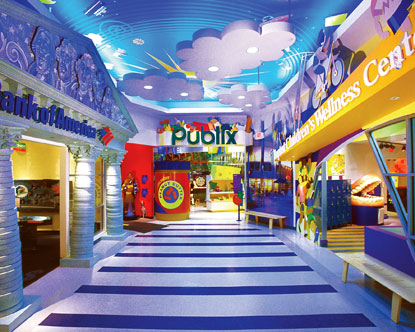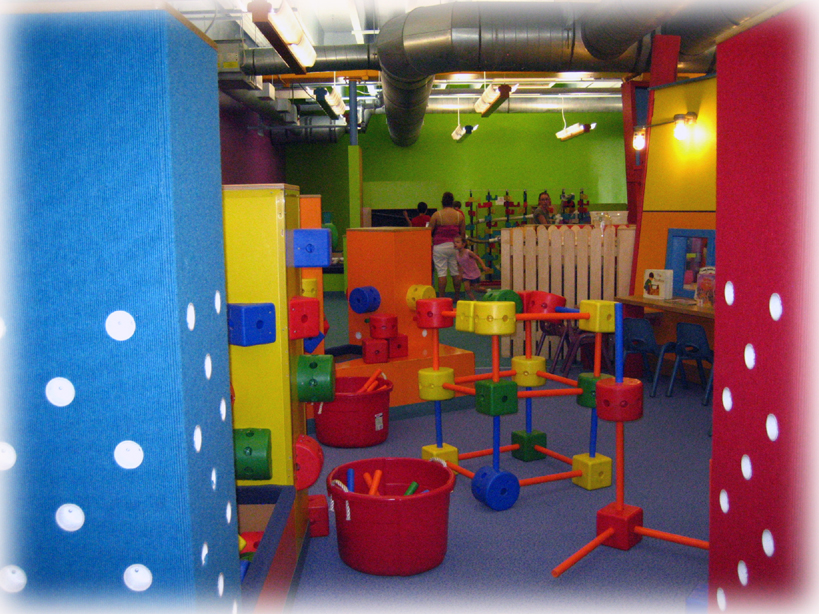How to Create Exhibits for a Children’s Museum

Children’s museums are different from those based on exhibiting art and historical relics. These need to be simultaneously fun and educational, as well as interactive, to stimulate a child’s curiosity and sense of fun. The environment needs to arouse a child’s sense of wonder, so creating exhibits for a children’s museum requires the designer to have a deep insight into the minds of children of all ages.
Instructions
-
1
The first thought that might come to mind in regards to designing an exhibit for a children’s museum is that it should be bright and colourful. While children do love vivid hues, an exhibit should not just appeal to the sense of sight. Children are interested in exploring the world around them in every possible way, so make sure you stimulate all their senses. For this reason, exhibits need to have multiple dimensions – tactile, visual and auditory at best, and if you can, incorporate smell and taste to make it a complete package.
Image courtesy: californiatourisminfo.blogspot.com
-
2
Make sure that the exhibits cater to a wide variety of ages. Refrain from making exhibits that are meant solely for one age group – if an exhibit proves interesting for a 10-year-old, it should be equally fascinating for a toddler. For this purpose, you can focus your exhibits on things that interest children of all ages, such as dinosaurs, trains, and jungle animals.
Image courtesy: egg2cake.com
-
3
Create exhibits that will require multiple children to interact with each other and participate in a single activity – this exudes a spirit of playfulness and fun. For example, you might create an exhibit based on the interior of a rocket ship or a giant robot, in which several children can join each other as the “crew” of the robot/rocket ship. Interactive exhibits also present great opportunities for role-playing – an activity children enjoy excessively.
Image courtesy: news.discovery.com
-
4
Put up objects that show children their own reflections. Children are fascinated by themselves, so an exhibit that incorporates projected images and funny mirrors is bound to be a hit with all ages. A recording machine that tapes children’s voices and then plays them back can also prove a successful exhibit for a children’s museum.
Image courtesy: destination360.com
-
5
Keep it simple. Complex, abstract exhibits will baffle children, and instead of proving enjoyable, and stimulating their sense of fun and creativity, will instead confuse, stifle, and eventually bore them. Children have an abundance of imagination, so just put forth something simple, and let their natural curiosity and creative thinking take over.
Image courtesy: livinginplainfield.com






